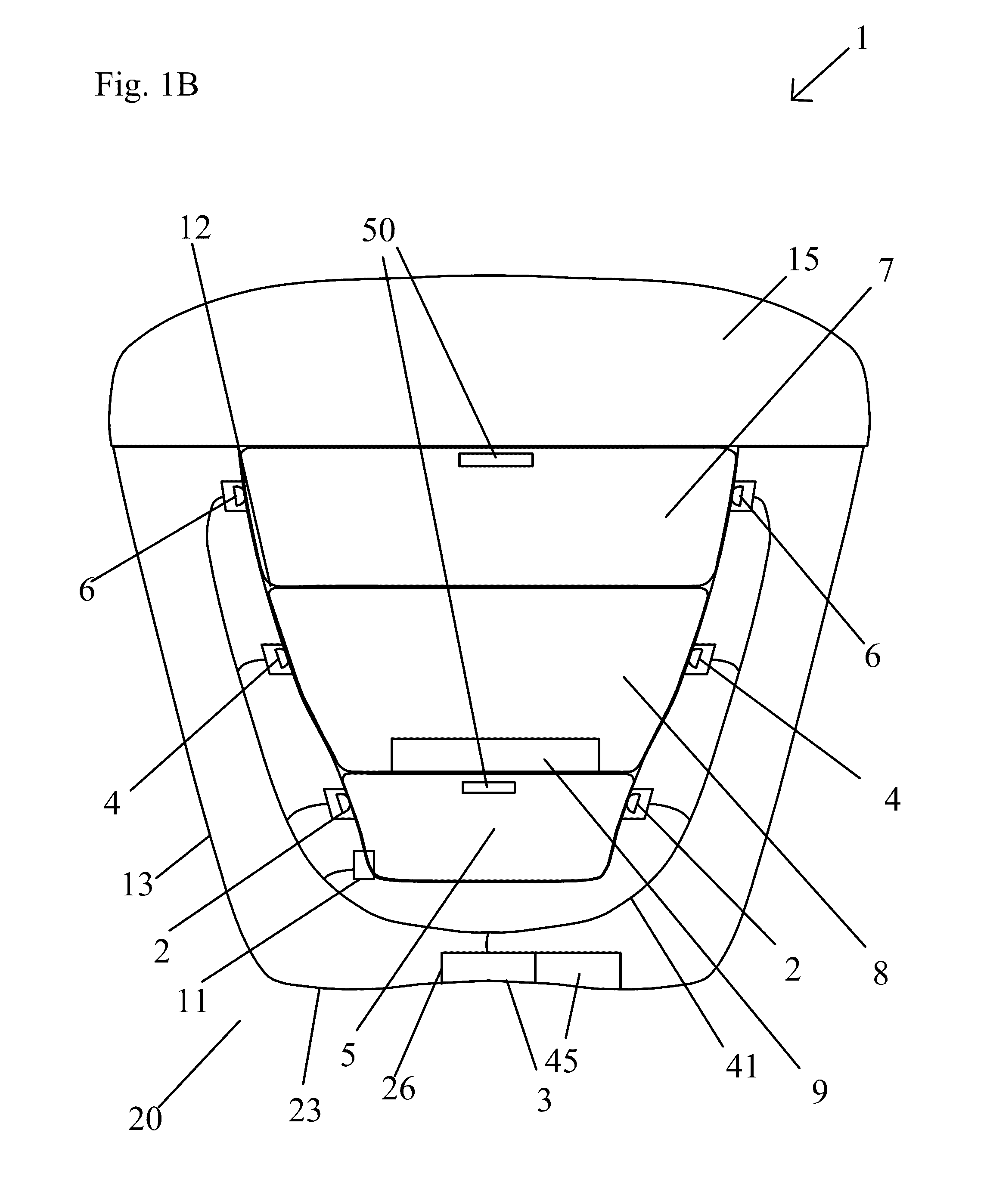Biologic Stability, Delivery Logistics and Administration of Time and/or Temperature Sensitive Biologic Based Materials
a biologic and logistics technology, applied in the direction of packaging foodstuffs, instruments, packaged goods, etc., can solve the problems of limited temperature stability of traditional shipping containers, errors in packaging, and high cost of consequences
- Summary
- Abstract
- Description
- Claims
- Application Information
AI Technical Summary
Benefits of technology
Problems solved by technology
Method used
Image
Examples
Embodiment Construction
[0048]Due to the critical nature of the temperature sensitive biologics, and the fact that a critical treatment may be awaiting the receipt of this shipment, it is extremely important that the status of the conditions of the shipment and its location are being reported in real time or near real time for review by the parties involved. There is a need in the art for real-time temperature monitoring and reporting during shipment.
[0049]There is also a need for a countdown timer to be available for all the interested parties to ensure that the biologic material is scheduled for use and used for treatment within a validated stability period.
[0050]There is also a need in the art to protect biologics from radiation exposure (both lethal and sub-lethal amounts), as well as sensing the extent of exposure of those biologics during storage and shipping. The methods and devices herein preferably protect the biologics from radiation that may result in non-lethal and / or lethal exposure, thus main...
PUM
| Property | Measurement | Unit |
|---|---|---|
| temperature | aaaaa | aaaaa |
| stability | aaaaa | aaaaa |
| stability countdown | aaaaa | aaaaa |
Abstract
Description
Claims
Application Information
 Login to View More
Login to View More - R&D
- Intellectual Property
- Life Sciences
- Materials
- Tech Scout
- Unparalleled Data Quality
- Higher Quality Content
- 60% Fewer Hallucinations
Browse by: Latest US Patents, China's latest patents, Technical Efficacy Thesaurus, Application Domain, Technology Topic, Popular Technical Reports.
© 2025 PatSnap. All rights reserved.Legal|Privacy policy|Modern Slavery Act Transparency Statement|Sitemap|About US| Contact US: help@patsnap.com



